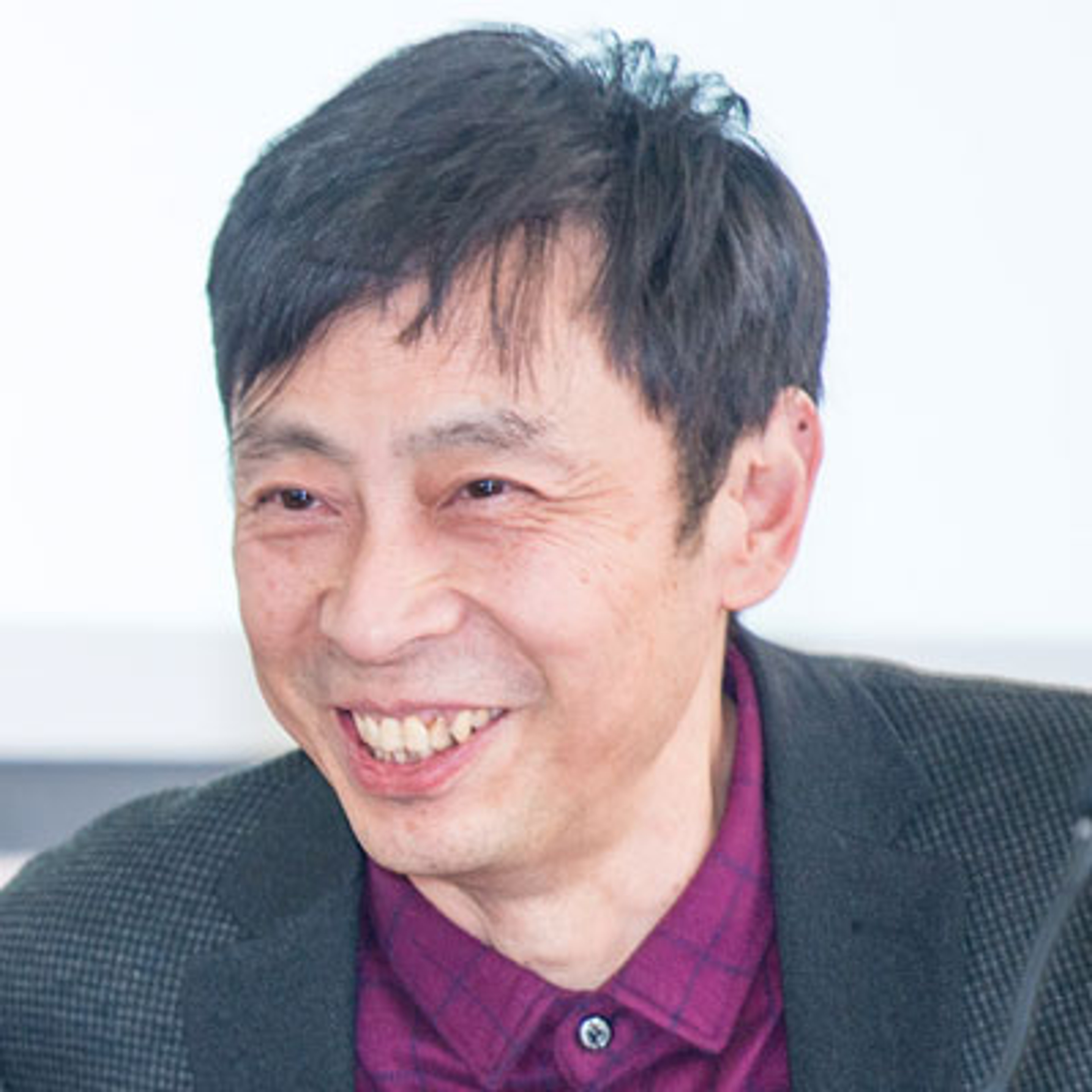Xiaoping Chen

Professor Xiaoping Chen is the director of the Robotics Laboratory at University of Science and Technology of China. He serves as the director of the Robot Technical Standard Innovation Base, an executive member of the Global AI Council, Chair of the Chinese RoboCup Committee, and a member of the International RoboCup Federation’s Board of Trustees. He was Area Chair on Robotics at the 2015 International Joint Conference on Artificial Intelligence (IJCAI) and the general chair of the 2008 and 2015 RoboCup and Conference. He has received the USTC’s Distinguished Research Presidential Award and won Best Paper at IEEE ROBIO 2016. His projects have won the IJCAI’s Best Autonomous Robot and Best General-Purpose Robot awards as well as twelve world champions at RoboCup. He proposed an intelligent technology pathway for robots based on Open Knowledge and the Rong-Cha principle, which have been implemented and tested in the long-term research on KeJia and JiaJia intelligent robot systems. As a Berggruen Institute China Center fellow, Chen plans to lead a project on synergized leap of technological development and the Gong-Yi innovation (a concept drawn from “Dao” in Daoism, “Ren” in Confucianism, and “Justice” in Greek philosophy) in the era of artificial intelligence.
陈小平
中国科学技术大学机器人实验室主任、教授
机器人技术标准创新基地主任。全球人工智能理事会执行委员,中国RoboCup委员会主席,国际RoboCup联合会理事。曾任2015世界人工智能联合大会机器人领域主席、2015和2008 RoboCup机器人世界杯及学术大会主席。中国科学技术大学“杰出研究”校长奖获得者、IEEE ROBIO 2016最佳大会论文等国际论文奖、世界人工智能联合大会最佳自主机器人奖和通用机器人技能奖、机器人世界杯12项世界冠军等团体奖获得者。 提出基于“融差性”原理和“开放知识”的机器人智能技术路线,并在“可佳”和“佳佳”智能机器人系统中进行了持续性研究和工程实现。作为博古睿中国中心研究员,陈小平计划进行“人工智能时代科技创新与公义创新的协同跨越”的研究项目。
